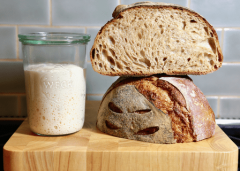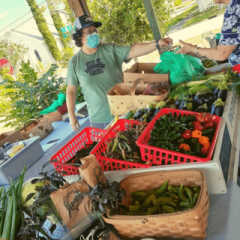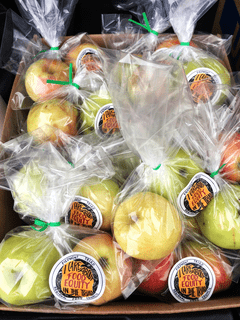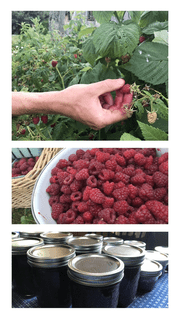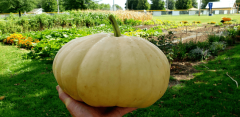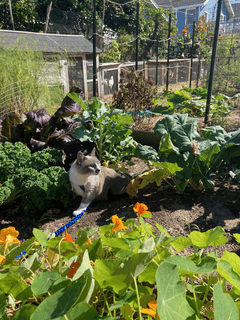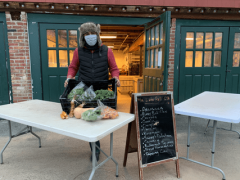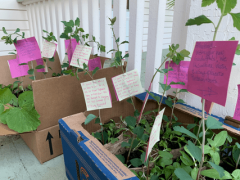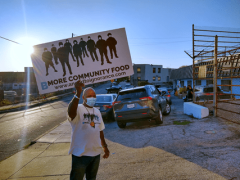This webinar highlights lessons learned from four different food system mapping projects, three state-wide maps‚ Maryland, Colorado, and Ohio, and a county-level map from New York. Each project provides a brief introduction to their mapping application as well as a live demo. There is also a facilitated discussion about the value of maps, their limitations, tips and lessons learned, examples of how the maps have been used, and the future of food system mapping.
Presented by:
Becca Jablonski, Associate Professor and Food Systems Extension Economist, Department of Agricultural and Resource Economics, Colorado State University.
Sean Quigley, Technologies Program Manager, Food, Agricultural, and Environmental Sciences, The Ohio State University.
Wajihah Baig, GIS Technology Specialist, Knowledge Exchange, The Ohio State University.
Linnea Carlson, Director, Jamestown Public Market and Chair, Chautauqua County Food Policy Council.
Melissa Keller, Planner, Chautauqua County Dept. of Planning & Development and Member, Chautauqua County Food Policy Council.


